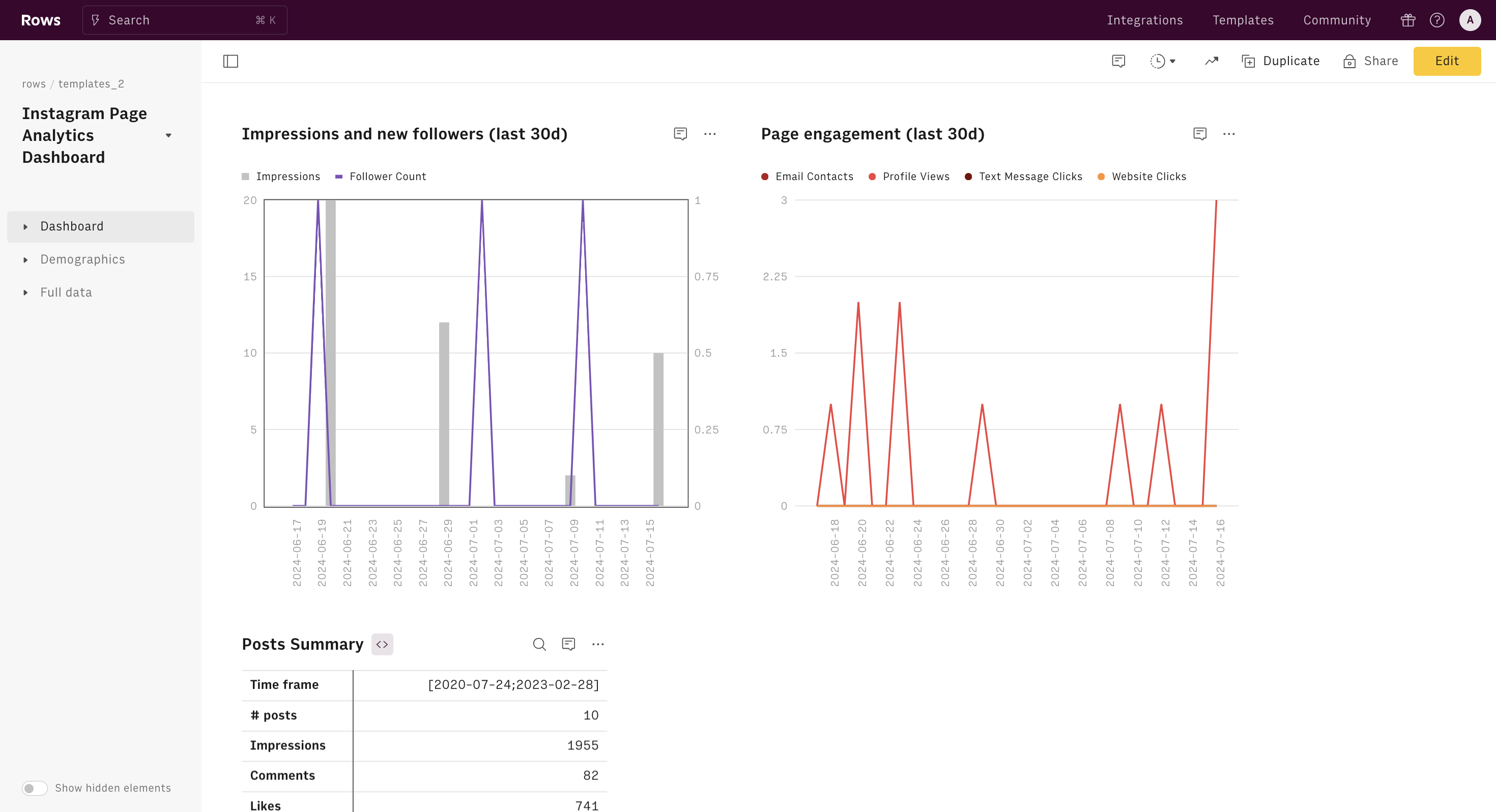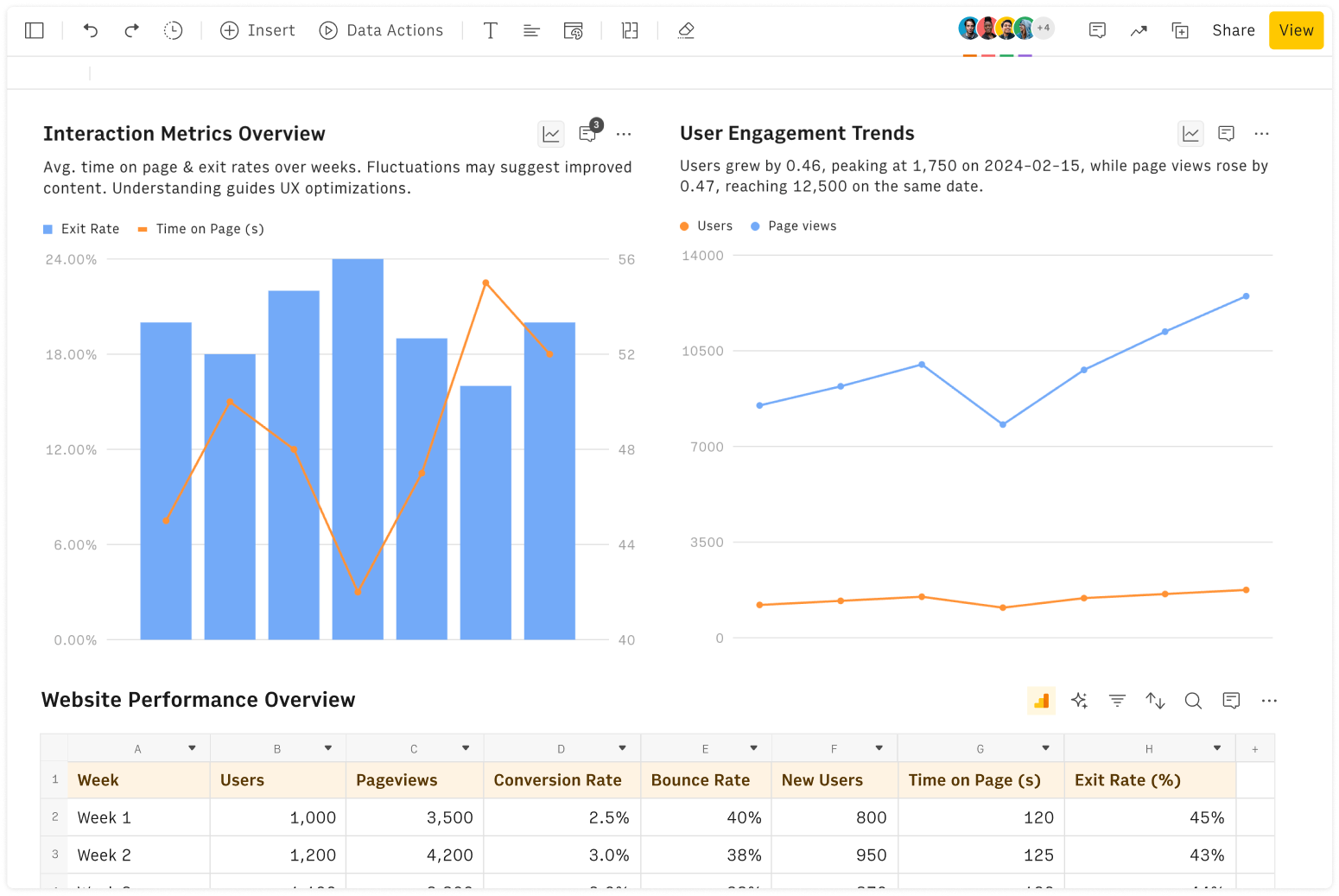What is a Full-Time Equivalent (FTE)?
Full-Time Equivalent (FTE) is a metric used to quantify the total number of employees in an organization, considering both full-time and part-time workers.
Unlike headcount, which merely counts the total number of employees, FTE offers a more precise representation of the workforce, weighting each employee by the number of hour they actually worked.
In so doing, the FTE index includes employees who may have worked only part of the year or are on part-time or casual arrangements. Their FTE value is less than 1, indicating fewer work hours compared to a full-time employee.
How to use the FTE calculator
The Full-time equivalent (FTE) Calculator helps you compute how many employees in your company are working full-time, including part-time workers, contractors, and other staff who may not work full-time hours.
To use this FTE calculator, all you need is to input the following data:
# of full-time employees
# hours (full-time contract)
# of part-time employees
# hours (part-time contract)
FTE = [# full-time * hours(full-time) + # part-time * hours(part-time)] / hours(full-time)
See the example below:
# of full-time employees | 10 |
# hours (full-time contract) | 40 |
# of part-time employees | 10 |
# hours (part-time contract) | 20 |
FTE = (10*40 + 10*20) / 40 = 15
Why to calculate FTE?
Calculating the FTE is relevant for businesses because it helps them to accurately calculate labor costs, plan and allocate resources, and ensure that they are meeting any legal requirements regarding employee hours and benefits.
It also helps to provide a more accurate picture of the size and composition of a company's workforce, including a better estimate of the performance and productivity metrics against industry benchmarks and competitors.
Let's go through a few relevant examples:
A company may need to calculate FTE to determine if they meet the threshold for offering health insurance under the Affordable Care Act (ACA). The ACA requires businesses with 50 or more FTEs to provide health insurance to their employees. If a business has 40 full-time employees working 40 hours per week and 20 part-time employees working 20 hours per week, the FTE calculation would be: 40 (full-time employees) + (20 (part-time employees) * 20 (hours) / 40 (full-time hours)) = 40 + 10 = 50 FTEs. Thus, the company would meet the threshold and be required to offer health insurance.
Another example is when a business wants to assess the impact of part-time workers on overall productivity compared to full-time employees. Suppose a company has 10 full-time employees and 30 part-time employees. The full-time employees each work 40 hours per week, and the part-time employees each work 20 hours per week. The FTE calculation would be:10 (full-time employees) + (30 (part-time employees) * 20 (hours) / 40 (full-time hours)) = 10 + 15 = 25 FTEs. This allows the company to compare productivity metrics more accurately by considering 25 FTEs instead of 40 individual employees.
Additionally, a company need to calculate the budget to forecast labor costs more precisely for upcoming projects. For instance, if a company plans a new project requiring 5,000 hours of work over six months, they can estimate the number of full-time employees needed: FTE required = 5,000 (hours) / (6 (months) * 173.33 (monthly hours per FTE)) = 5,000 / 1,040 ≈ 4.8 FTEsThis helps the company budget for labor costs by knowing they need approximately 4.8 full-time employees to complete the project.4o
Local legislation for calculating FTE
In Europe, full-time employment is generally defined as working 35-40 hours per week. Many countries have laws and regulations in place that govern working hours, minimum wage, and benefits for full-time employees.
For example, in the European Union, the Working Time Directive sets a limit of 48 hours per week that employees can be required to work, and requires employers to provide rest breaks and annual leave to their workers.In other parts of the world, the definition of full-time employment and labor laws may vary.
In the United States, for example, there is no federal definition of full-time employment, but it is generally considered to be 30-40 hours per week.
Best practices for managing full-time equivalent employees may also vary by region and industry. Some companies may choose to offer flexible work arrangements, such as telecommuting or compressed workweeks, to help retain full-time employees and improve work-life balance. Other companies may focus on providing competitive salaries and benefits packages to attract and retain full-time staff.
Frequently Asked Questions
How many hours is 1 FTE in a year?
Considering a full-time schedule of 40h per week of work and approximately 52 weeks per year, 1 FTE corresponds to 2080h per year. This does not include holidays and days of absence.
What is the FTE for 37.5 hours?
If the full-time hours are 40 per week, then the FTE for 37.5 hours would be 0,9375.
How much FTE is 3 days per week?
If an employee works 3 days per week, which is typically 24 hours per week, and the full-time hours are 40 per week, then the FTE for 3 days per week would be 0.6 (24 hours / 40 hours).
What is 75% of FTE?
If the full-time hours are 40 per week, then 75% of FTE would be 0.75 (30 hours / 40 hours).







